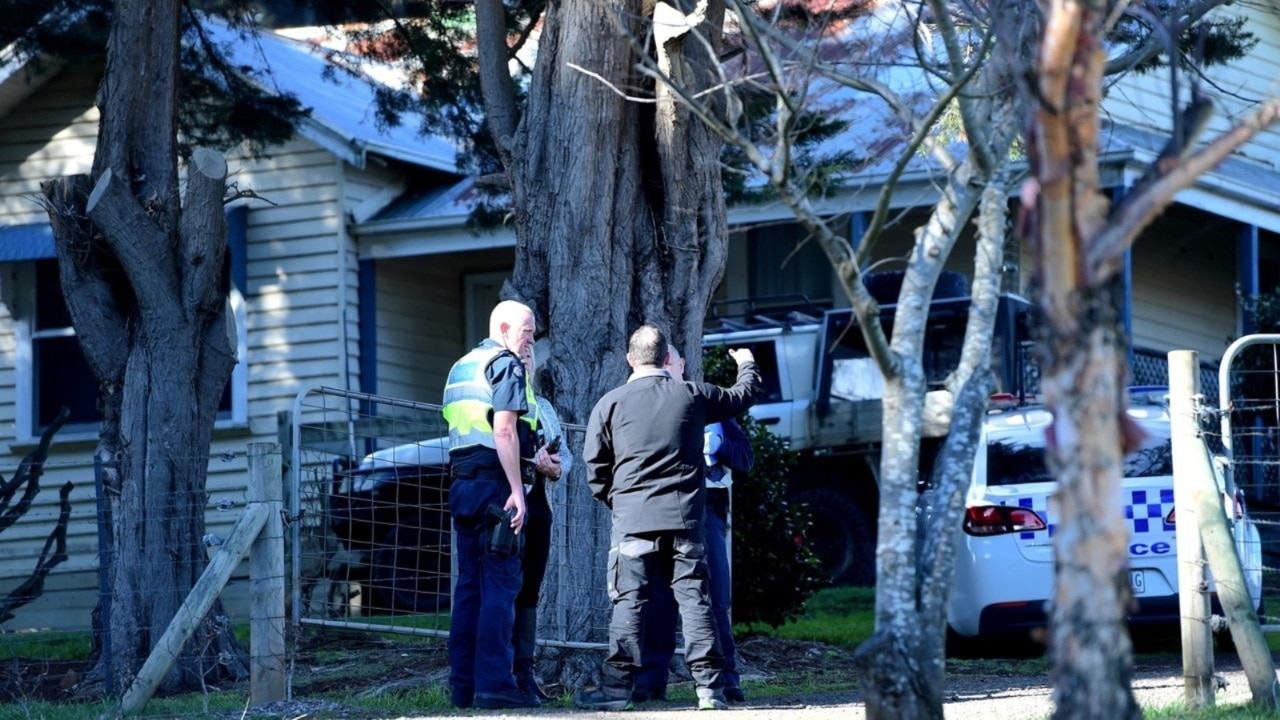Eight people a day treated at hospital for dog bites in Victoria
VICTIMS of dog bites are now turning up at Victorian hospital emergency wards at the rate of eight a day with new data showing admissions related to dog attacks have jumped 48 per cent in just four years.

VIC News
Don't miss out on the headlines from VIC News. Followed categories will be added to My News.
VICTIMS of dog bites are now turning up at Victorian hospital emergency wards at the rate of eight a day.
New data shows hospital admissions related to dog attacks have jumped 48 per cent in just four years.
However, the overall number of dogs attacking people fell in the past 12 months.
PET DOG STABBED ON MORNINGTON PENINSULA
YOUNG GIRL BITTEN BY DOG IN TARNEIT
GIRL DIES OF INJURIES AFTER DOG ATTACK
While almost one in four attacks were on people under 20, bites occurred across most age groups, the analysis from the Victorian Injury Surveillance Unit found.
Unit director Associate Professor Janneke Berecki-Gisolf said there was a common perception that young children were the main victims.
“Only 27 per cent of the emergency department presentations and 24 per cent of the hospital admissions related to dog bite injuries involved persons aged under 20 years,’’ Prof Berecki-Gisolf said.
The report from the unit, part of the Monash University Accident Research Centre, was based on data provided by 38 hospitals across Victoria.

Home is the most common location for an attack.
In the four years between July 2013 and June 2017, a total of 10,650 people were treated at hospital emergency departments for dog-related injuries. Of that number, almost 4000 were admitted.
Animal Welfare Victoria has added 116 dogs to the dangerous list so far this year, 34 of which were because of an attack.
The latest figures come as a snapshot of 15 Victorian councils revealed that rates of dangerous dogs were higher in bigger outer-suburban council areas.
Yarra Ranges recorded 11 dangerous dogs in the past financial year, while Casey registered five vicious hounds.
No particular breed or crossbreed was commonly detected in the attacks.
RSPCA Victoria chief executive Dr Liz Walker said breed alone was not a reliable predictor of aggressive behaviour.



